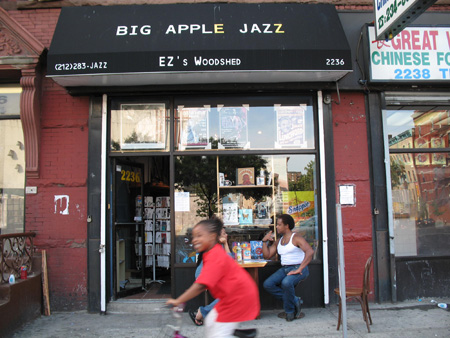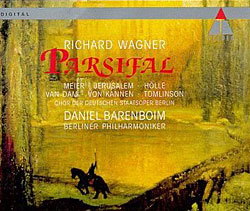LATEST ADDITIONS
Harlem Rent Parties at EZ's Woodshed
<i>Photo credit: Gordon Polatnick/Big Apple Jazz</i>
Protest Friday
<object width="425" height="355"><param name="movie" value="http://www.youtube.com/v/ZbWRfBZY-ng"></param><param name="wmode" value="transparent"></param><embed src="http://www.youtube.com/v/ZbWRfBZY-ng" type="application/x-shockwave-flash" wmode="transparent" width="425" height="355"></embed></object>
Tom Russell: Who's Gonna Build Your Wall?
<object width="425" height="355"><param name="movie" value="http://www.youtube.com/v/LZkAoosVLkA&rel=1&border=0"></param><param name="wmode" value="transparent"></param><embed src="http://www.youtube.com/v/LZkAoosVLkA&rel=1&border=0" type="application/x-shockwave-flash" wmode="transparent"width="425" height="355"></embed></object>
Norman Smith: 1923–2008
Another of the great ones is gone. Norman Smith had been a refrigeration engineer, but at 36, he decided to apply for an entry-level position as a recording technician at EMI in the UK. EMI had a strict caste system at the time and technical staff (the "white coats") were considered a rank below that of producers and even of balance engineers, who were allowed to sit in the mastering room. By 1962, Smith was promoted to balance engineer and was paired with George Martin for the first Beatles recordings. As balance engineer, he chose the microphones and recording equipment for each session and Smith is generally given a great deal of credit for the clarity and accuracy of the group's recordings from the beginning through the recording of <I>Revolver</I> in 1965. Because of Smith's age (he'd seen service in WWII) and EMI's dress code (ties and lab coats), Lennon nicknamed him "Normal." (Hence the title of Smith's autobiography: <I>John Lennon Called Me Normal</I>.)
AMC CVT-3030 integrated amplifier
All right, class. Your assignment is to write a paper persuading people to do something good for themselves that they really don't want to do.
Recording of April 1992: Wagner: Parsifal
<B>WAGNER: <I>Parsifal</I></B><BR>
Siegfried Jerusalem, Parsifal; Matthias Hölle, Gurnemanz; Waltraud Meier, Kundry; José van Dam, Amfortas; Günter von Kannen, Klingsor; John Tomlinson, Titurel; others; Berlin Philharmonic, Daniel Barenboim<BR>
Teldec 9031-74448-2 (4 CDs only). Helmut Mühle, prod.; Jean Chatauret, eng. DDD. TT: 4:16:35
Fried Q/4 loudspeaker
During the late 1970s and early '80s, I worked my way through college by selling hi-fi, or more precisely, mid-fi. During those years, I heard and sold several hundred different loudspeakers costing under $1000/pair. Despite the fact that I experienced them under less than ideal conditions, I was nevertheless able to get a feel for their relative performance. When switching between speakers, the differences between them were drastically juxtaposed. No two loudspeakers sounded even remotely similar tonally, indicating that they all had severe colorations.
Wood Docks and Cammo Caps
Christian wrote:
Music Industry Rocked on Multiple Fronts
In January 2008, Electronic Frontier Foundation's (EFF) Senior Intellectual Property attorney, Fred von Lohmann filed an <A HREF="http://www.eff.org/deeplinks/2008/01/eff-files-brief-atlantic-v-howell-… brief</I></A> in <I>Atlantic v. Howell</I>, a case that hinged on the Recording Industry of America Association's (RIAA) contention that offering files on a P2P sharing network was in and of itself evidence of copyright violations, whether or not it could prove the files were ever downloaded by others.






